War heroes honoured for their role in D-Day Landings
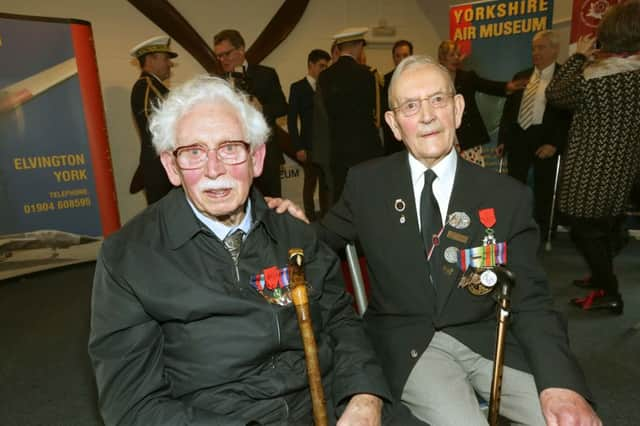

Of the 156,000 Allied troops who landed in Normandy on D-Day - June 6, 1944 - records indicate that around 10,000 men were either killed, wounded, went missing in action or became prisoners of war.
Seventy two years on and there may be few left who survived what was the biggest operation of the Second World War, but two men from Calderdale have now been officially recognised for their service by the French government.
Advertisement
Hide AdAdvertisement
Hide AdGeoffrey Noble, of Brighouse, and Jack Holstead, of Northowram, gathered at The Allied Air Forces Memorial and Yorkshire Air Museum near York with their families on Sunday, where high-ranking French dignitaries presented each with their country’s highest honour, the Légion d’Honneur.
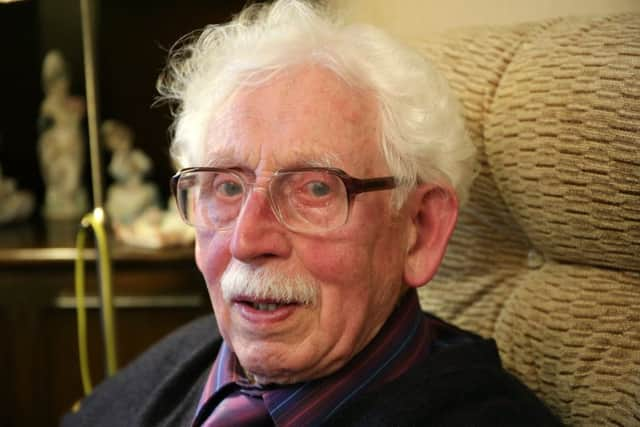

During a poignant event attended by more than 100 guests, retired servicemen from the Royal Navy, British Army and Royal Air Force each stepped forward to have their medals pinned to the lapel of their military blazers; a duty performed by the French Defence Attaché to the UK, Contre Amiral Patrick Chevallereau; French Air Attaché, Colonel Patrice Morand; and French Consul, Jeremy Burton.
The ceremony was the latest in a series of commemorations to have taken place since the 70th anniversary of D-Day in June 2014, when French President François Hollande pledged to honour all British veterans who had served in France during the war.
Mr Holstead, now 90, an Able Seaman, volunteered to join the Royal Navy in 1942, when he was just 17-years-old.
Advertisement
Hide AdAdvertisement
Hide AdHe served aboard HMS Kingsmill, which was stationed off Gold Beach. Kingsmill acted as one of the command ships, but was also responsible for the protection of shipping in the anchorage.
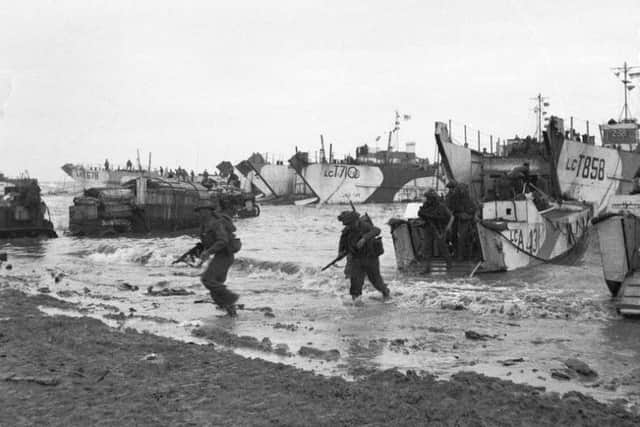

His journey began at HMS Collingwood in Portsmouth, before he sailed to America and landed in New York.
It was in Boston where HMS Kingsmill, lent to Britain by the USA, was picked up to be specially modified for the Normandy landings.
Even before the landings, the ship had a number of close calls with the enemy.
Advertisement
Hide AdAdvertisement
Hide AdRecalling one incident, Mr Holstead said: “We had a party of boats, practicing landings, and one day they let in an E-Boat, a German torpedo boat.
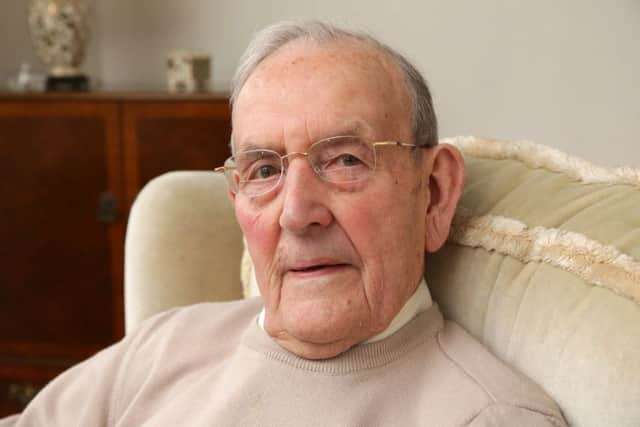

“It killed a lot of men, we were the lucky ship.”
He was also involved in the 1942 raid on Dieppe, where HMS Kingsmill protected Motor Gun Boats and Motor Torpedo Boats from bigger ships and anti-aircraft fire.
The ship had been built for the Great Lakes of America and was shallow draft, which meant it could get closer to the beaches.
“We were at anchor in Normandy and because the ship was shallow draft that was the reason why we were chosen,” Mr Holstead said.
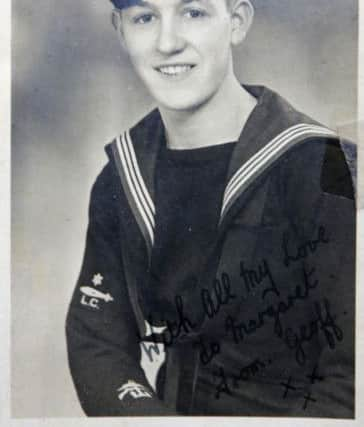

Advertisement
Hide AdAdvertisement
Hide Ad“All of a sudden, a German bomber came in and dropped a stick of bombs - if it had dropped a second later, it would have got all three ships.
“But the bombs went in between the ships.
“It was hectic at the beginning.”
He and his shipmates were stationed in Normandy for 25 days, before going back to Portsmouth.
While the thought of leave was on their minds, they were there to replenish the boat’s supplies before going back.
In a second stint, HMS Kingsmill went out with smaller boats to detect German targets and continued to provide cover for other landings.


Advertisement
Hide AdAdvertisement
Hide AdFollowing the D-Day landings, Mr Holstead thought his next mission would be to the Middle East, but after the war there ended abruptly, he was sent to Iceland to sweep the mines.
Having served his country, he became a master baker and married his wife Dorothy in 1945.
They went on to have three children, three grandchildren and three great-grandchildren, who are all very proud of his achievements.
“I feel very honoured, to be presented with the medal,” Mr Holstead said.
Advertisement
Hide AdAdvertisement
Hide AdGeoffrey Noble, also honoured at the special event, was a wireman on a Royal Navy Tank Landing Craft which was part of the 51st flotilla of assault force G2 landing on Gold Beach, at 7.25am on June 6, 1944.
His craft was hit by a mine, which immobilised the engine, and was left drifting at sea for days before being towed back to safety by an American destroyer.
Before joining the Royal Navy, Mr Noble, born and raised in Brighouse, was an apprentice draughtsman carrying out war work making bailey bridges.
But after asking his managing director to be released, he registered at the age of 18 and in the March of 1943, got his call-up papers to go to HMS Royal Arthur.
Advertisement
Hide AdAdvertisement
Hide Ad“Much to my surprise, when I got there, it was the Butlins Holiday Camp at Skegness which had been commandeered,” Mr Noble, 91, said.
“We did six to eight weeks of initial training and then they said they were going to train me as a wireman in combined operations, a combination of army, navy and airforce.
“I was sent up to Alloa where the craft was built. We stayed there for several months, we all had to be interchangeable and be able to do each other’s jobs.
“We then went down south. Three weeks before, there was a full-scale exercise with the Americans and unfortunately some E-Boats got in.
Advertisement
Hide AdAdvertisement
Hide Ad“There were 700 to 800 people killed or drowned. But that all had to be kept quiet because we’d only three weeks until D-Day.
“We realised everything was nearby, because all the South Coast had closed, we couldn’t contact anyone outside or send any letters.
“We should have gone on June 5, but the weather was so bad we couldn’t entertain it. If we couldn’t go on June 6, we would have had to wait three weeks.”
Recalling his D-Day experience, Mr Noble said he often thinks about those who lost their lives.
Advertisement
Hide AdAdvertisement
Hide Ad“Many soldiers drowned, others reached the beaches and were hit by some of the mines. That sticks in my memory,” he said.
“I feel really proud for what I’ve done, but it’s still in my memory all the time about the poor soldiers, some were only 18.
“At least I was fortunate, coming back all in one piece.”
Following the war, he went back to work as a draughtsman at Huddersfield-based Heywood-Helliwell and also had stints working for Bradford Council and as a newsagent.
He and his late wife Margaret were married for 56 years and had two children, one grandaughter and two great granddaughters.
His son Christopher died suddenly last year, but was instrumental in helping Geoffrey to piece together his D-Day story, which included three trips back to Normandy.